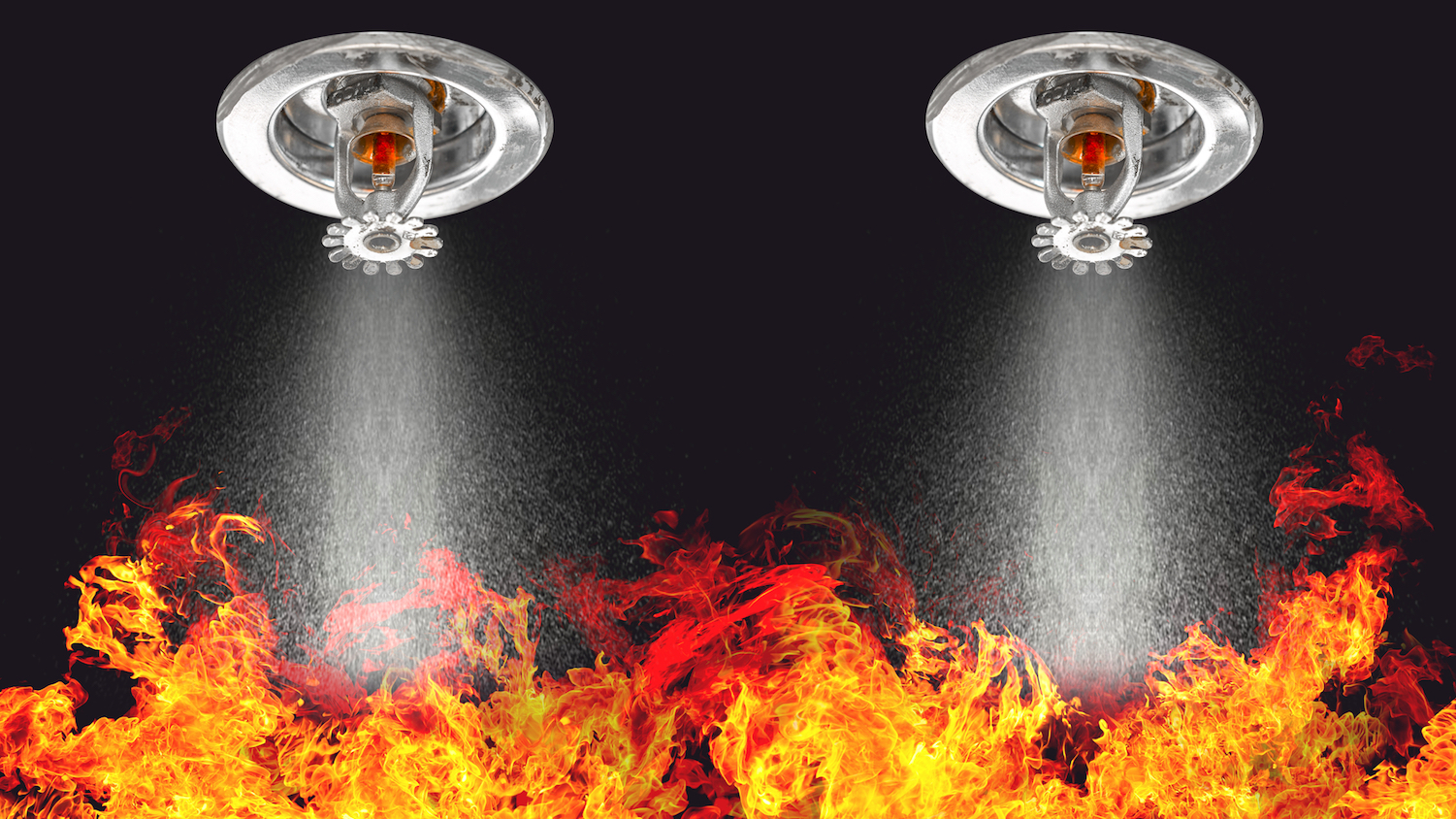
For social housing providers, ensuring tenant safety is a top priority, particularly when it comes to fire safety, says PlanRadar co-CEO Ibrahim Imam.
Managing large-scale developments often containing hundreds of residents is a considerable responsibility. Especially when faced with an evolving legislative system increasingly geared towards stricter measures and inspections.
There’s no doubt change must occur, and at speed. Only last month a London council was found to have breached the Homes Standard with 3,000 fire doors overdue for replacement.
Unfortunately, these events are not unique or isolated. So unsurprisingly, the government is taking an iron-fist approach to fire safety failures. It’s fair to say the velvet glove has been (rightly) removed. This is evidenced in the Fire Safety Act and the Building Safety Act, which are regularly updated as standards evolve and regulations tighten.
Those who fail to meet these legislative requirements run the risk of serious legal ramifications. This includes the naming and shaming of housing authorities that fall short of the mark.

“If projects aren’t able to demonstrate a detailed breakdown of fire safety design and procedures, projects will struggle to get the green light.”
The challenge for social housing providers is how best to navigate this new legal framework, while adhering to the golden thread of information and ensuring a digital blueprint of necessary works is readily available.
Increasingly, developers and asset owners alike are turning to safety inspection platforms for support. With the ability to collect and collate vital building information and provide evidence that work has been completed – correctly and to the right standards – they play a key role in today’s fire safety inspection process.
The next step in fire safety planning
However, fire safety inspection platforms are not just proving useful for collecting and collating data to improve inspection accuracy. They are now helping to secure planning permissions. In line with 2021’s Planning Gateway One, housing authorities need to show they’ve done their due diligence on fire safety at every stage of the building lifecycle.
If projects cannot demonstrate a detailed breakdown of fire safety design and procedures, including how they will be managed after completion as well as before, they will struggle to get the green light. With the Health and Safety Executive (HSE) also in tow, clear competence needs to be proven throughout a project, every step way of the way.
Understanding the process
“Through safely stored data, facilities managers can pick up where contractors left off, for a more informed handover procedure.”
Obtaining the relevant details of a full safety breakdown is no easy task. It takes skill, industry know-how and an eye for detail. It’s also why specific experts, who can deliver coherent fire safety packages, are in demand.
However, safety inspection platforms are helping to make this a smoother, more efficient process. By allowing access to building information, all from one secure, online location, fire safety experts can get a bird’s eye view of how it’s being prioritised and the inspection procedures in place. This is not exclusive to new builds. Many existing asset owners are using the software to improve the fire safety in their buildings.
The use of digital tools also extends to handovers, a notoriously rushed and error-prone phase. It’s also the point where vital details relating to the ongoing operation and maintenance of fire safety get overlooked. However, through safely stored data, facilities managers can pick up where contractors left off, for a more informed handover procedure. It means that even after completion, fire safety can be properly managed and prioritised.
Getting it right first time
While safety inspection platforms are now central to planning and handovers, they come into their own during the initial construction phase, where it is often claimed fire safety matters most. Using software that can assign specific jobs to individuals, combined with the ability to send images and videos of relevant work, is extremely useful to ensure work has been carried out correctly, providing a clear history of ‘who did what when’.
Better communication is leading to improved accuracy and fewer defects, making buildings safer from the start.
This strategy is also important for HSE inspections. Evidence of work will be scrutinised and HSE inspectors want full confidence that procedure has been followed according to industry standards. By presenting them will a full, tamper-proof digital audit trail, it leaves no stone unturned, offering complete peace of mind should they have any queries or questions.
Digital support tools
In today’s climate, where social housing providers are feeling the heat of watertight fire safety inspections, digital tools are a sensible investment. The legislative landscape is changing all the time, and the introduction of the Social Housing Regulation Bill is placing more emphasis on building safety than ever before.
To meet these growing demands, local authorities should look for tried-and-tested solutions, and find ways to ensure fire safety standards are being adhered to at all times, without room for error.
Beyond this, it’s about taking reasonability for those under the wing of local housing authorities, so fire safety is given the attention it deserves.
Don’t miss out on BIM and digital construction news: sign up to receive the BIMplus newsletter.











